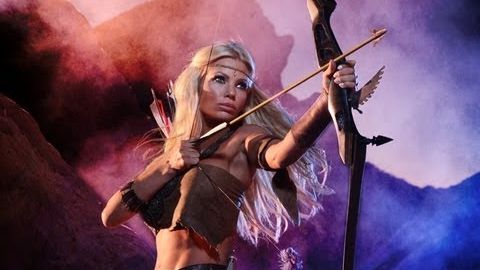ロケ地での撮影方法ライティングチュートリアル (How to Shoot on Location: A Lighting Tutorial)
Bing-Je が 2021 年 01 月 14 日 に投稿  この条件に一致する単語はありません
この条件に一致する単語はありません- v.t.火をつける;点灯する : (照明を)つける
- adj.明るい;薄い;軽い;軽い
- n. (c./u.)光;明瞭化;光;照明;信号;表情
- adv.(旅行をするときに)荷物を少なくして
- n. (c./u.)日光;太陽
- v.i.日干しする : 日光浴する
- v.t.(人をある状態に)置く;(ものをある位置に)置く;順位をつける;注文する;思い出す
- n. (c./u.)場所;位置;立場;町
- v.i.煙をだす
- n. (u.)煙;タバコ
- v.t.燻製にする
- v.t./i.喫煙する
エネルギーを使用
すべての単語を解除
発音・解説・フィルター機能を解除

